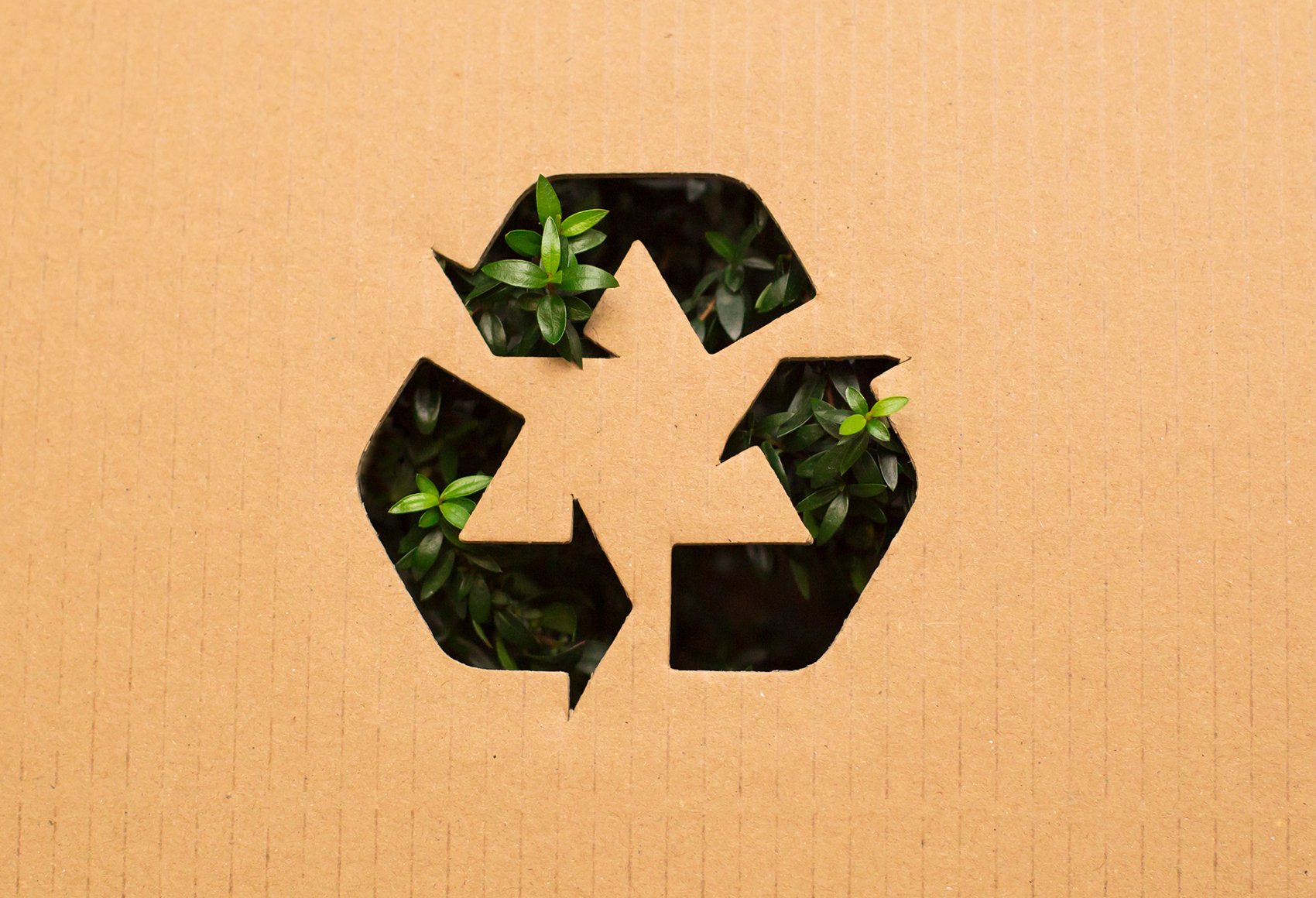
In any given year, 2.12 billion tons of trash is created globally, which means trash bags, landfills, and oceans are filling fast. With innovations in recycling technology, we can reuse more of this trash each year. However, only 13% of trash is recycled. As our need to reduce waste continues to grow, this begs the question: why aren’t more people recycling?
One of the primary barriers to effective recycling is misinformation. Many people often don’t know what can be recycled. They either choose not to recycle—or they participate by recycling items that our waste infrastructure is not built to support. When people recycle the wrong items, they can slow the recycling process and endanger workers at recycling centers. While most community recycling centers have lists for which items are recyclable and which need to go to a drop-off center, many people still have questions.
What about small items, or plastic bags? What about plastic with the recycling symbol on it? With so many questions, it makes sense that over 62% of Americans are worried that they are ‘recycling wrong.’ This can often lead to what’s known as wishcycling—the act of throwing something in your recycling bin because you hope it’s recyclable, not because it actually is.
Reducing, reusing, and recycling is crucial to sustainable life on this planet, and learning how to recycle effectively is a great start.
Recycling Plastic
Most recycling centers won’t accept plastic bags. They tend to get caught in the machinery, which means the entire plant could shut down. When machinery malfunctions, this can result in worker injury or even death. It also leads to reduced sorting efficiency, thus creating cross-contamination into paper grades.
Recyclable plastics must be clean, dry, and larger than a business card. Anything smaller doesn’t play well with recycling machinery. When dealing with plastic, it’s also important to take time to give it a good rinse.
Another important direction to pay attention to is the three-arrow recycling symbol provided on the bottom of most plastics. Contrary to popular belief, this symbol doesn’t always mean you can recycle it. This recycling symbol is called a resin stamp, and the number inside tells you whether you can recycle an item or not. Numbers 1 and 2 are usually safe to recycle. Check your local listing for resin types that are accepted in your program as each area has access to, or is limited by different, resin markets.
Implementing Sustainable Recycling Practices
In our quest for sustainability, remember that recycling is only one piece of the puzzle. Altering behaviors, reducing waste, and eliminating conspicuous consumption matters, too.
It starts with reducing what you use. Do you need to divide your groceries up into multiple plastic bags when a single large reusable bag would do? When you do make purchases, prioritize reusable and sustainable options over disposable ones. Then, if you know you’ll need to throw something away, aim for recyclable options like paper-based packaging.
When looking for recyclable options, paper is the best choice. Paper makes up 67% of recyclable items. Flattened cardboard boxes, magazines, paper products, newspapers, and mail are all recyclable and help reduce our long-term impact on the environment. Paper products can usually be recycled—just make sure there’s no plastic wrapping or coating.
As we work toward a more sustainable earth, these small contributions add up. At NORPAC, we manufacture sustainable paper options that are recyclable and foster a healthy environment for the future.
Learn more about sustainable packaging options that impact the world we live in!


.png)
.jpg)